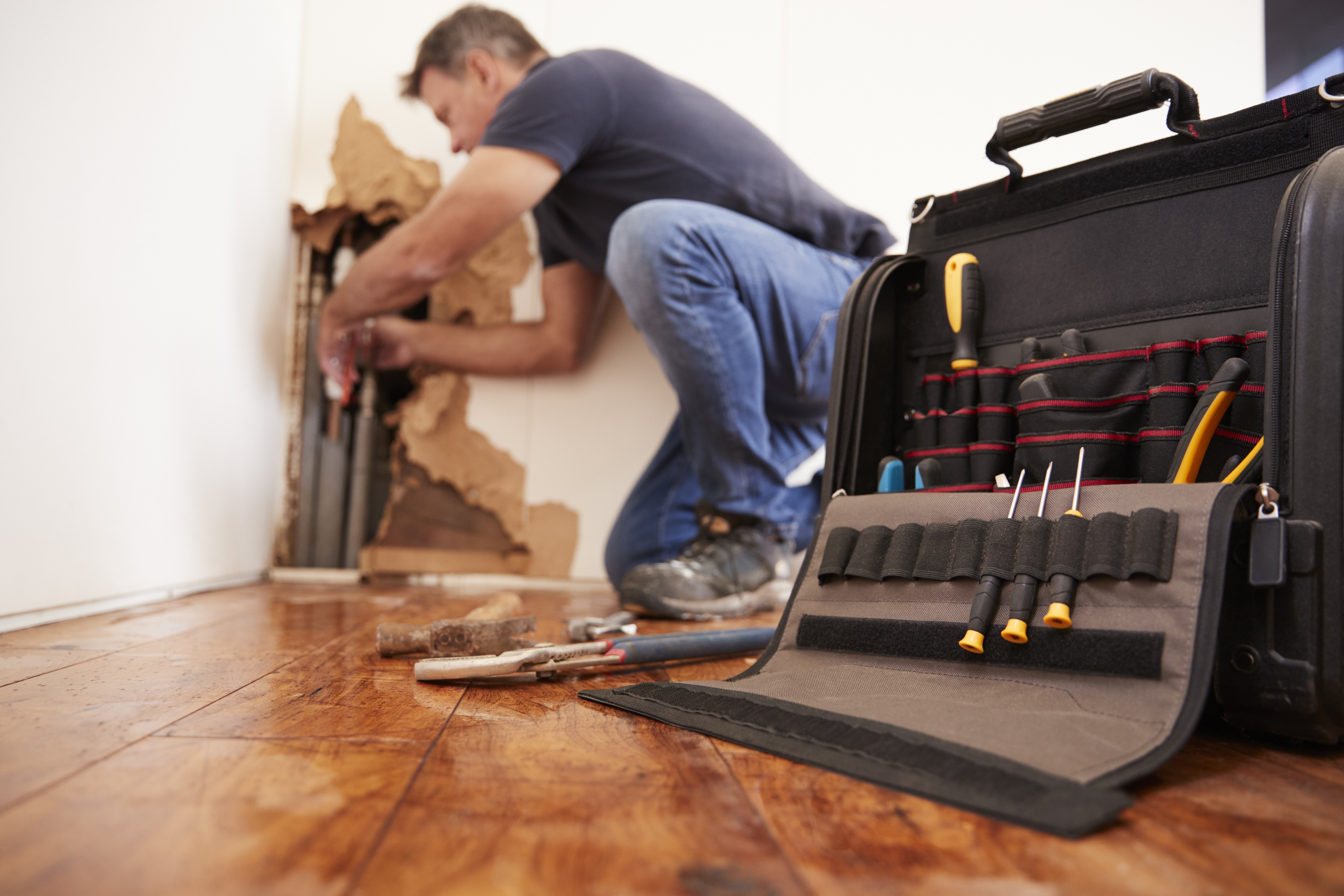A house is one of the most significant investments one can make in their life.
Every homeowner dreams of having a safe and lovely home. It’s usual to spend your time and resources upgrading your property’s features and aesthetics.
However, you shouldn’t disregard the repairs and improvements that make the home safer for the entire family, especially when it comes to natural disasters such as a flood.
Floods may cause damage in many forms such as structural, aesthetic, economic, and psychological.
When floods hit, the aftermath can often be very costly. When water damage occurs, buildings can be severely damaged, weakening the integrity of the structure.
Flooding can also decrease the value of your home, which is bad if you’re planning to sell in the future.
Learning more about the causes will allow you to prevent home flooding. To help you out, the following are the ways and reasons your home can flood:
1. Weather And Other Natural Causes
Rain and snow are two of the biggest causes of flooding. Dealing with flooding requires an understanding of the difference between them and how to stop both from destroying your home.
Rain is a combination of water and ground moisture carried by the wind over a distance. This water dissolves organic material and runs off into ditches, streams, creeks, and rivers.
Snow falls as a result of melting snow and the rise of frozen precipitation. Flooding is normally attributed to either long-term rainfall or melting ice.
Long-term rainfall can cause the ground to absorb more water than usual. When rain repeatedly falls for a long time, the ground will eventually become saturated. If the saturation level of the ground reaches the point of no return, water won’t find an exit.
As a result, the water will slowly accumulate on the surface, saturating it. The accumulated water may cause further structural damage, as well as deterioration of the existing drainage system.
There are other natural causes of flooding in the home. Calamities like hurricanes and tornadoes can be more serious than others and can wreak havoc on your property. Overflowing bodies of water near your house can also cause flooding.
While these may not cause major flooding inside the house, it can damage other areas surrounding your homes, such as your decking, yard, or landscaping.
Fortunately, flooding inside the home can be prevented by reading more tips here.
2. Damaged Pipes

One of the most common causes of flooding in your home is broken or leaking pipes.
A broken pipe could flood your house within minutes, filling your house with water, which will need professional water damage repair and even carpet clean-up services, depending on where the break occurs.
Fortunately, this is usually one of the easiest causes of flooding to fix.
However, when you see cracks in the walls, you should immediately call a contractor or your local plumbing company to repair the damages that have been caused by the broken pipes.
3. Poor Drainage
Another probable cause of indoor flooding is poor drainage. It doesn’t matter if you have a new house or living in it for years, your house might still get flooded because of a clogged drain.
Considering that the plumbing system can be very complicated, drainage problems aren’t as easy to fix as you might think.
If you have to deal with a severe case of poor drainage that causes flooding, you should hire the services of a professional plumbing company to solve the problem for you.
4. Malfunctioning Appliances
Leaks from broken or damaged appliances, such as dishwashers, water heaters, and washing machines, may also cause home flooding.
These leaks can be caused by worn-out fittings or poor-quality pipework. Some leaks may also be caused by clogged drains and damaged pipes near the appliance.
The best, most cost-effective way to resolve this is by calling in a reputable service provider to look over the cause of flooding and make the essential repairs.
Takeaway
Regardless of the reason, if you think that you have flooding damage in your home, it’s time to take action.
You must stop the water from destroying everything that you own by making the necessary repairs.
You should also contact a flood control professional as soon as possible to help you assess the extent of the damage.
Once you understand the severity of the damage and the causes of flooding, you can then begin to look at how you can best fix it.
By taking flood prevention precautions now, you can help keep your home safe.
Therefore, make sure that you take the necessary steps today to make your home more resistant to such disasters.



Comments are closed.